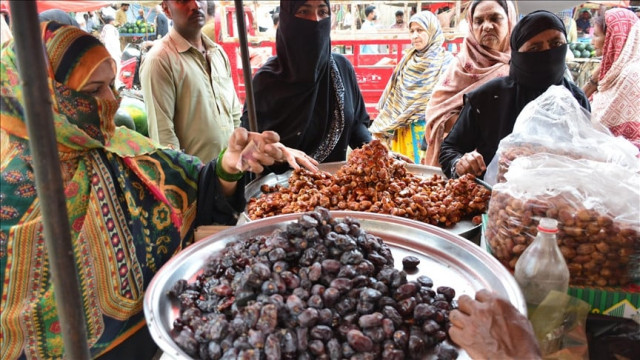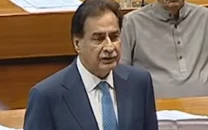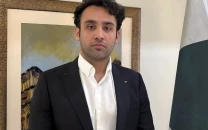Inflation rate bounces back to four-month high
Clocks in at 31.4% in Sept due to administrated hike in electricity, fuel prices

Inflation in Pakistan bounced back to 31.4% in September – the highest rate in four months – due to an administrated increase in prices of electricity and fuel, hurting the consumers the maximum at a time when poverty and unemployment were already sharply increasing. The index primarily rose due to the increase in energy prices, as the pace of surge in perishable food items slowed down to single digits.
A unit of electricity is a whopping 164% more expensive today compared to September last year. Similarly, the gas price is 63% higher than a year ago – even before the upcoming increase in gas prices. The petrol is also far more expensive than a year ago, selling at Rs324 per litre. Prices of non-perishable food items, like politically sensitive sugar, remained on the upward trajectory.
The Pakistan Bureau of Statistics (PBS) – the national data collecting agency – on Monday reported that the Consumer Price Index rose to 31.4% last month compared to a year ago. This was the highest inflation reading in the past four months and also for the first time in four months when it again shot over the 30% barrier.
The fresh reading suggests that the government and the State Bank of Pakistan are once again set to miss their annual inflation target of 21% by a wide margin despite inflicting heavy costs on the exchequer and the businesses by keeping the interest rates high at 22%.
People living in rural and urban areas have been equally hurt. Pakistan’s annual inflation rate accelerated to history’s highest-ever level of 38% in May due to supply shocks, currency devaluation, and the absence of any checks on hoarding and profiteering.
Read Pakistan to face highest inflation
Interim Finance Minister Dr Shamshad Akhtar told the Senate Standing Committee on Finance last week that 95 million people or nearly 40% of the population live in poverty as of last fiscal year.
She briefed the committee that the unemployment rate has jumped to 10% -- up from 6.3%.
The inflation is once again peaking at a time when there are fewer opportunities for livelihood and people's purchasing power has massively eroded in the past two years.
The inflation rate jumped to 29.7% in the cities, according to the PBS and to 34% in the rural areas where the overwhelming majority of the country lives.
The food inflation remained at 34% in urban areas and 34.4% in rural areas, according to the PBS.
The PBS reported that sugar was up to 94% more expensive last month than compared to a year ago –thanks to the wrong decision of the last PML-N government to export sugar.
The global commodity prices, withdrawal of subsidies, increase in electricity as well as gas prices and currency devaluation were the main reasons behind the higher inflation in Pakistan.
Excessive note printing is also a reason behind the rampant inflation in Pakistan. The central bank had set the interest rate at 22% -- the highest in the history of Pakistan but it could not arrest the index.
There were hardly any consumable goods that had not seen their price shot up in recent months.
Read more Govt cut fuel prices, but upped gas rate: Siraj
The core inflation, which is calculated after excluding the volatile energy and food prices, increased in September to 18.6% in urban areas and 27.3% in rural areas – far above the central bank’s interest rate. Despite constantly increasing the interest rates, the core inflation has not receded.
The prices of food and non-alcoholic beverages increased 33% last month. The non-perishable goods saw a 38.4% increase in their prices but the perishable goods prices increased less than 5% on the back of better supplies.
The inflation rate for the transport consumer price group was 31.3% due to constant increases in fuel prices.
The wheat flour – the staple food for the majority of the people – saw up to 88% increase in their prices. There was an increase of 79% in the prices of spices, and 73% in tea rates; rice –another staple food item – saw nearly two-third increase in the prices, according to the PBS.
In the non-food category, electricity charges increased by 164%, textbooks became expensive by 102%, and gas charges went up by 63%, according to the PBS.
For the July-September period of the current fiscal year, the data showed that the average inflation rate stood at 29%, which was far higher than the official target of 21% for the current fiscal year. The average inflation rate for the first quarter in the rural areas was 32% whereas it was 27% in urban areas.



















COMMENTS
Comments are moderated and generally will be posted if they are on-topic and not abusive.
For more information, please see our Comments FAQ